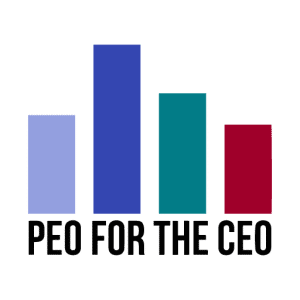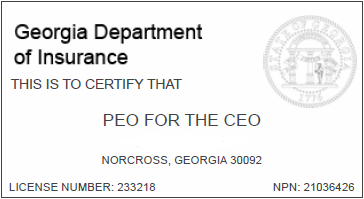1.2 Level Funding: The Smart Middle Ground for 2025 Health Plans
For small and mid-sized businesses navigating rising health insurance premiums, level-funded health plans offer a compelling alternative between fully insured and self-insured models.
We recently worked with a
15-employee group on a fully insured plan and helped them
save over $52,000 annually by switching to a
level-funded model—all while maintaining robust employee benefits.
🏥 What Is Level Funding?
Level funding is a
hybrid approach:
- Like fully insured plans, you pay a predictable monthly premium.
- Unlike fully insured, you gain full transparency into where your money goes, broken down into:
- Stop-loss premiums
- Administration, sales & general expenses
- Claims account
The kicker: if money remains in the claims account at year-end, it’s refunded to your company—something fully insured plans never offer. And if claims exceed expectations,
stop-loss insurance caps your financial exposure, protecting you like a self-insured plan. The only real risk? A higher renewal next year—common to all plan types.
🔍 Health Plan Funding Models at a Glance
✅ Fully Insured Plans
- How it works: Fixed premiums paid to the carrier; they assume all risk.
- Pros:
- Predictable monthly costs
- Minimal risk to employer
- Carrier handles compliance & claims
- Cons:
- No refunds for low claims
- Limited flexibility
- Minimal claims transparency
🔍 Self-Insured Plans
- How it works: Employer pays claims directly, often with a TPA managing administration.
- Pros:
- Potential for significant savings if claims are low
- Full control and customization
- Tailored benefits for workforce needs
- Cons:
- High risk from unexpected claims
- Requires strong cash flow
- More administrative responsibility
⚖️ Level-Funded Plans
- How it works: Fixed monthly premiums cover expected claims, stop-loss, and administration, with refund potential if claims run low.
- Pros:
- Predictable costs with potential refunds
- Claims transparency and plan customization
- Stop-loss protects against large claims
- Cons:
- Underwriting required (often via confidential employee health questionnaires)
- Slightly more complex than fully insured plans
- Renewal risk (comparable to other models)
📈 2025 Trends to Watch
- Level-funded adoption is rising fast: 42% of small businesses now offer these plans (up from 13% in 2020).
- Large employers remain predominantly self-insured: covering 83% of workers.
- Pharmacy spend drives costs: Rx accounts for 20–30% of total healthcare spend, making
pharmacy optimization a top priority.
🧠 Why TPAs Are Gaining Ground
Third-Party Administrators (TPAs) are no longer just “back-office” processors. Today’s TPAs provide:
- Custom plan design tailored to workforce needs
- Real-time claims transparency and analytics
- Stop-loss integration for risk management
- Member-focused support that rivals traditional carriers
🔍 TPA Leaders to Watch
- Angle Health: Tech-driven with AI, telehealth, and modern UX—ideal for startups and growth-stage employers
- Luminare Health (Trustmark): Deep experience with custom self-funded plans; strong fit for mid-to-large employers
- Allstate / Nationwide: Leverage legacy insurers’ financial strength and broad networks to expand level-funded solutions
🧭 Your Next Step
As an independent PEO and health insurance broker, I shop across fully insured, level-funded, and self-insured plans, as well as TPAs and PEOs, to find the best fit for your business.
💬 Whether you’re a 10-person startup or a 500+ employee organization, I’ll run a free side-by-side analysis to show you where the savings and opportunities are.
📩
Contact:
suzanna@peofortheceo.com
Stay Tuned
In the next article of our series, we’ll explore
GAP & HRA Strategies: how small businesses can
reduce employee out-of-pocket costs while
lowering total healthcare spend.


